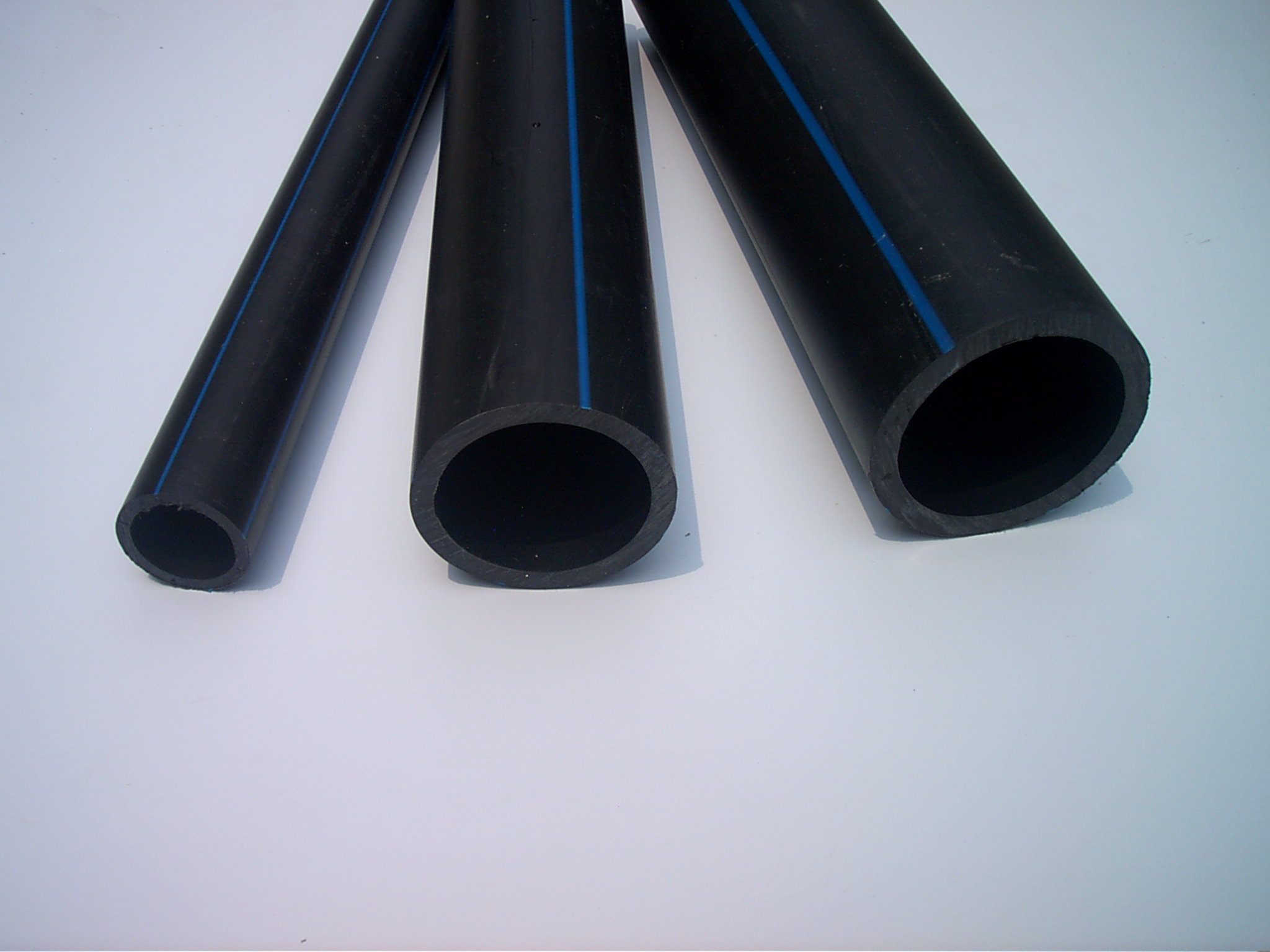Aug . 20, 2024 03:15 Back to list
Alternative Solutions for PP Sheet and Plate Applications in Industry
Understanding PP Plastic Plates and Sheets A Comprehensive Guide
In recent years, polypropylene (PP) has emerged as one of the most widely used thermoplastic materials in various industrial and consumer applications. The versatility and durability of PP have made it a staple in manufacturing plastic plates and sheets, catering to different sectors ranging from packaging to construction and beyond.
What is PP Plastic?
Polypropylene is a type of plastic polymer that is produced from the polymerization of propylene gas. As a thermoplastic, PP becomes pliable upon heating and retains its shape upon cooling, making it an ideal candidate for a wide array of manufacturing processes. Its low density, chemical resistance, and ability to withstand higher temperatures compared to other plastics contribute to its popularity.
Properties of PP Plates and Sheets
PP plates and sheets boast a number of impressive properties that suit them for various applications. They are lightweight yet strong, offering excellent impact resistance. Additionally, they exhibit a high melting point of around 160°C (320°F), making them suitable for environments that experience significant temperature fluctuations. PP is also resistant to moisture, chemicals, and UV radiation, which further enhances its longevity and usability in outdoor or chemically active environments.
Moreover, PP sheets can be easily fabricated using common techniques such as cutting, welding, and thermoforming, allowing manufacturers to create customized products according to specific needs. They are available in a variety of thicknesses, sizes, and colors, providing flexibility for designers and engineers in numerous fields.
Applications of PP Sheets and Plates
pp plate sheet

The applications of PP plates and sheets are diverse. In the packaging industry, they are commonly used for producing containers, boxes, and lids due to their strength and resistance to moisture. Food packaging is another significant application, as PP is considered safe for direct food contact, making it an excellent choice for take-out containers and food storage products.
In the construction sector, PP sheets are valued for their lightweight properties and resistance to corrosion, making them suitable for use as wall coverings, roofing materials, and insulation. Their ability to be designed in various formats also makes them ideal for signage and displays.
The automotive industry also benefits from PP due to its durability, lightweight nature, and cost-effectiveness. It is often used in manufacturing interior components, bumpers, and dashboards. The medical field, too, utilizes PP sheets for sterile packaging and laboratory equipment, thanks to their excellent chemical resistance and ease of sterilization.
Environmental Considerations
As the world increasingly focuses on sustainability, it is essential to consider the environmental impact of materials like polypropylene. While PP is recyclable, often identified by the recycling code 5, proper disposal and recycling practices are crucial to minimize plastic waste. Industries are working towards developing more sustainable production methods and encouraging recycling efforts to mitigate the environmental footprint of PP products.
Conclusion
PP plates and sheets are a testament to the advancements in plastic material technology, offering a functional and versatile solution across multiple industries. Their remarkable properties, adaptability, and extensive range of applications make polypropylene an invaluable asset in modern manufacturing. As we look toward the future, fostering responsible use and recycling of PP will be essential in ensuring a sustainable balance between industrial growth and environmental preservation.
-
Durable Glossy PVC Rigid Sheet | Premium High-Shine Panels
NewsAug.26,2025
-
Durable PP Rigid Sheet: Lightweight, Chemical Resistant Solutions
NewsAug.21,2025
-
PVC Grey Sheet for Extraction: Chemical Resistant & Durable
NewsAug.19,2025
-
Durable PVC Pipe Fittings for Plumbing & Irrigation Needs
NewsAug.18,2025
-
HDPE Steel Belt Reinforced Spiral Corrugated Pipe | High Strength
NewsAug.17,2025
-
HDPE Pipe Fittings: Durable, Leak-Proof Solutions
NewsAug.16,2025

